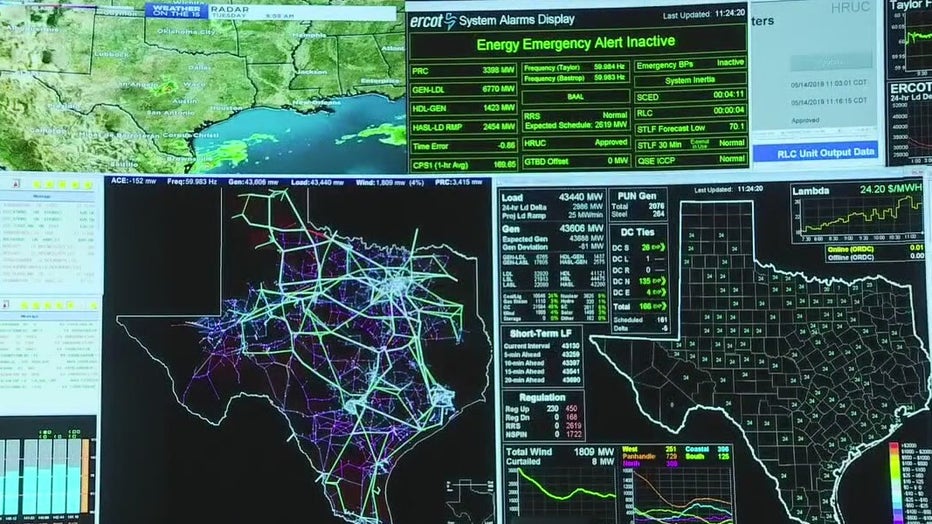Texas Public Utility Commission approves more changes to power grid, but some remain concerned
Texas Public Utility Commission approves more changes to power grid, but some remain concerned
Because lawmakers called for changes without specifying how to pay for them, bigger bills are likely to keep coming.
Electricity costs for the DFW area have jumped nearly 20% in just the past year.
That's before a lot of reforms will go into place to improve the power grid.
Because lawmakers called for changes without specifying how to pay for them, bigger bills are likely to keep coming.
Some of the winterization efforts are already underway.
The February failure wasn’t just about infrastructure, but also how the market works.
Officials moved forward with redesigning it Thursday, though some fear it could be costly without fixing the problems.
In a usually drab room, often filled with experts and industry officials, were concerned citizens Thursday.
They brought with them prop power lines and paper icicles that represented names of those demanding fair changes from the Public Utility Commission.
"We need y’all to come up with solutions for our energy grid that don’t force us to put more money as consumers into the pockets of the same gas and coal companies that failed us in February," Emma Pabst said.
"I spent several days without power, cold, huddling in my home, only to find, two days later as I walk into my apartment, a waterfall in my bedroom," Stephanie Thomas said. "I'm angry today, I've paid enough, others have paid with their lives."
Dozens of people urged the Texas Public Utility Commission to do more to overhaul the state power grid.
RELATED: Questions remain as Texas Public Utility Commission considers changes

The Public Utility Commission was there to consider a redesign for the energy market to prevent a repeat of the February storm and the outages that killed more than 200 Texans.
It includes requiring ERCOT to keep more power reserves and payouts for companies that keep the grid running during emergencies.
"I hope to deliver a blueprint for market redesign. Early on, I think we all realized our market has been historically focused on affordability first, and reliability second," PUC chairman Peter Lake said.
But some consumer and energy advocates said Texans bills could be less affordable, without a significant boost in reliability.
Some forecasting bills could possibly rise nearly 15% in the next year.
"Take these numbers to indicate we have no idea what the hell these costs are going to be and that scares us, and it should scare you and it should scare other Texans," Former PUC and Federal Energy Regulatory Commission official Alison Silverstein said.
Ultimately, the PUC moved forward with initial plans on the redesign with some measures to kick in by January 1.
The price concerns come with electricity costs already rising in the DFW area.
Federal data shows, over the last 12 months, electricity costs rose more than 17% in North Texas.
Compared to an average of 6.5% in other U.S. cities.
"There are a couple of reasons why we're seeing higher prices in the DFW area. One is the higher price of natural gas," explained Bruce Bullock, director of SMU’s Maguire Energy.
While he said natural gas is the primary reason, it may also be due to costs tied to the winter storm and reform efforts.
"I think we can certainly attribute some of the price increases that we have seen to preparations that are being asked of providers of electricity in response to the storm last February. Probably not a significant amount of it yet. I would anticipate more to come, though," he said. "Unfortunately, to get ahead of this, at the same time, we're playing catch up and that's going to cost us a little bit of money."
While people did show up to the meeting Thursday, critics still say there’s a lack of transparency and communication from state power officials.
An example of that is ERCOT’s interim CEO will be in Dallas Friday for a listening tour event, but it never sent out a news release, tweet,,or Facebook post announcing it.
Click here for more information on the event.
Texas Public Utility Commission approves more changes to power grid, but some remain concerned
The Texas Public Utility Commission approved more changes to the state power grid in hopes of preventing future blackouts.

